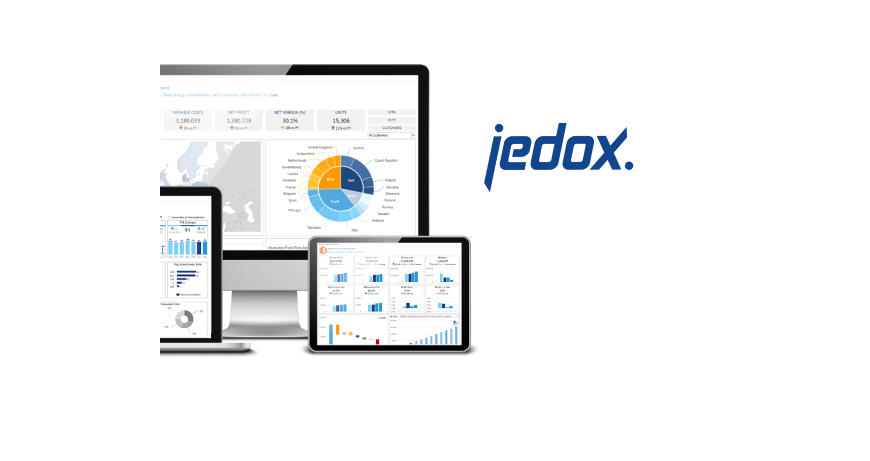Environmental, social and governance (ESG) considerations are driving a complete reframing of how we measure value. It’s more than legal compliance, more than ticking boxes. Investors, consumers, employees, suppliers and other stakeholders are putting pressure on organisations of all types to put sustainability at the heart of business.
















